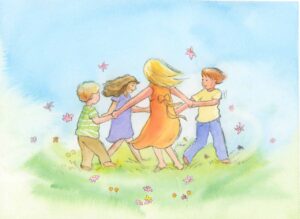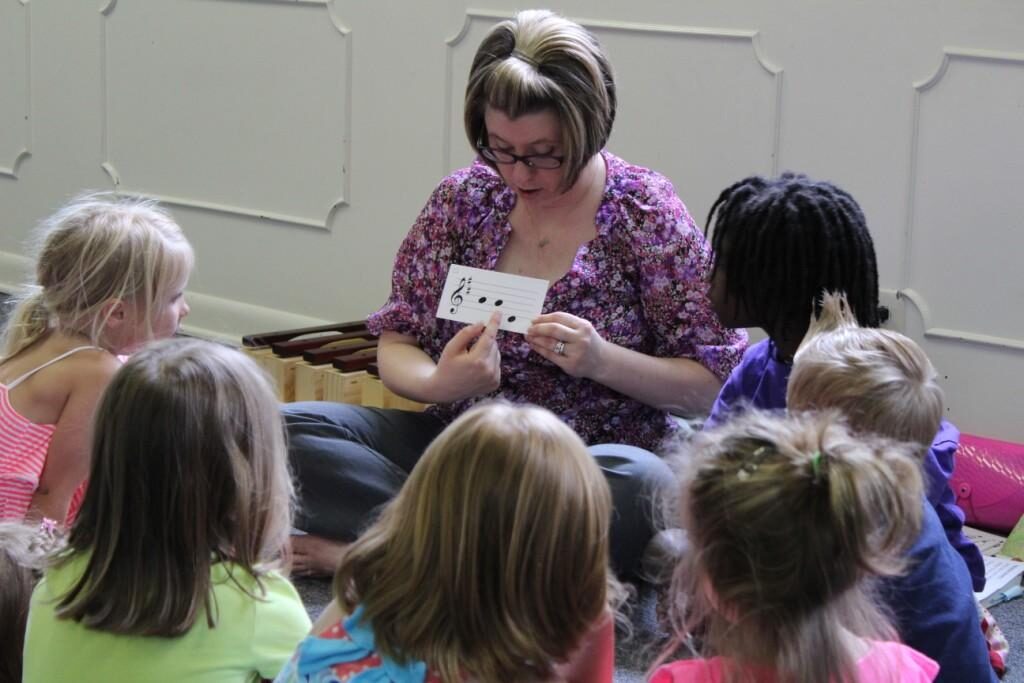When asked to name one famous visually impaired person, many of us will recall a musician. A lot of that is because musicians are in the public eye more than others, but it also points to the great success that many blind musicians have enjoyed. Visually impaired musicians such as Ray Charles, Stevie Wonder, Ronnie Milsap, and Doc Watson have had success across a variety of musical genres. Neuroscientists have long studied that which initially seems like a challenge to the visually impaired tends to grant an advantage in music. One determining factor is how their brains develop through the connection of music and movement.
Brain Development in the Visually Impaired
Scientists have long known that hearing and touch are enhanced in the blind. The space in the brain dedicated to vision is made available to those senses, enhancing the capacity to hear music and touch instruments. Blind children pay much more attention to everyday sounds compared to those with full sight. One study that considered many different sources found that children who were blind at birth or an early age are 4,000 times more likely to have perfect pitch than their sighted peers.
But some kinesiologists have looked at how being blind may actually impair one’s ability to feel the beat due to lack of visual-spatial feedback. The visually impaired often move their heads or body in a different way than the rest of us in order to better access their surroundings. This movement is also a method used to trigger echolocation, just as they often use a stick to tap and listen for the sound bouncing off the ground or other objects. For blind musicians, this movement is then connected to the rhythm of the music to help them keep beat and time. Studies have also shown that individuals who were blind at birth or an early age develop greater vibrotactile abilities and have shown a higher ability to detect beat asynchrony than those with sight.
Teaching Music to Blind Children
There are still a lot of stereotypes about visually impaired children being harder for music teachers to teach. These tends to stem from the traditional method of teaching children through sheet music. But with a propensity for better pitch and beat detection, visually impaired children are likely to learn music at a greater rate with the right approach. Children’s music programs that emphasize music and movement at the earliest stages are better geared to teach blind children. The aural approach enables them to establish a foundation for playing by ear. Once that foundation is established, sheet music in braille is available for blind children and teachers.
Many visually impaired individuals have excelled in music and gone on to achieve some of the industry’s highest accolades. The part of the brain not dedicated to sight provides greater function to the other senses. Hearing and touch in blind individuals are enhanced to provide a better detection of both pitch and beat. Those abilities combine with movement to help the visually impaired better navigate the world and learn music.








